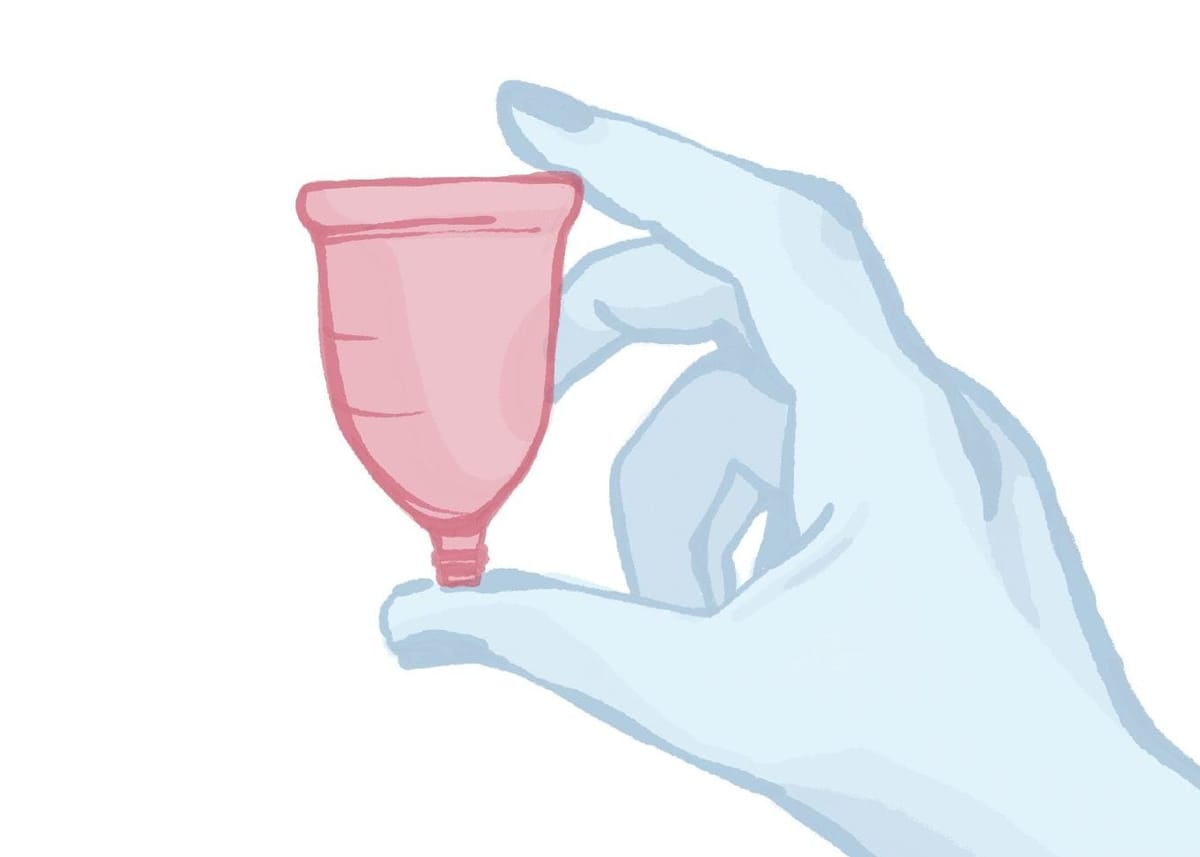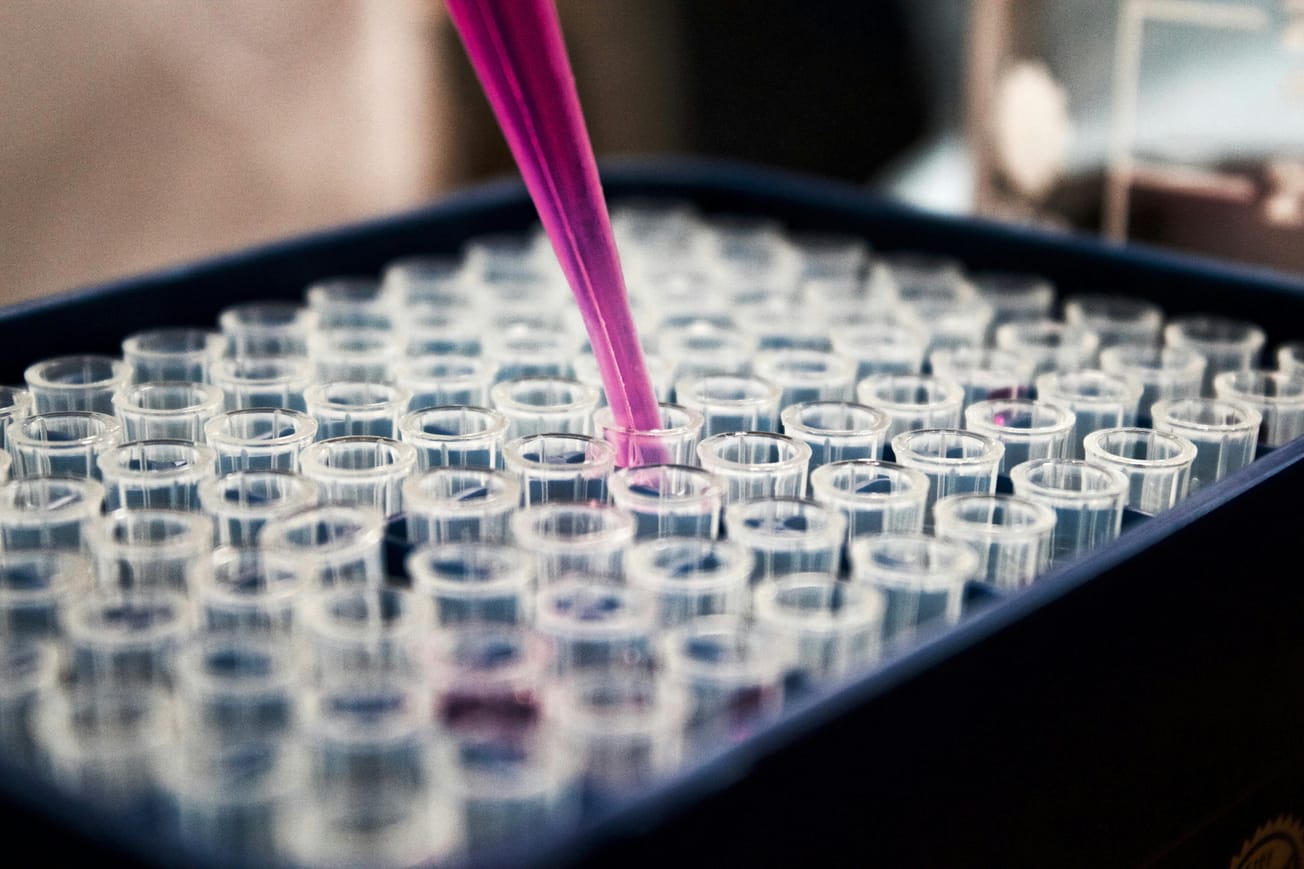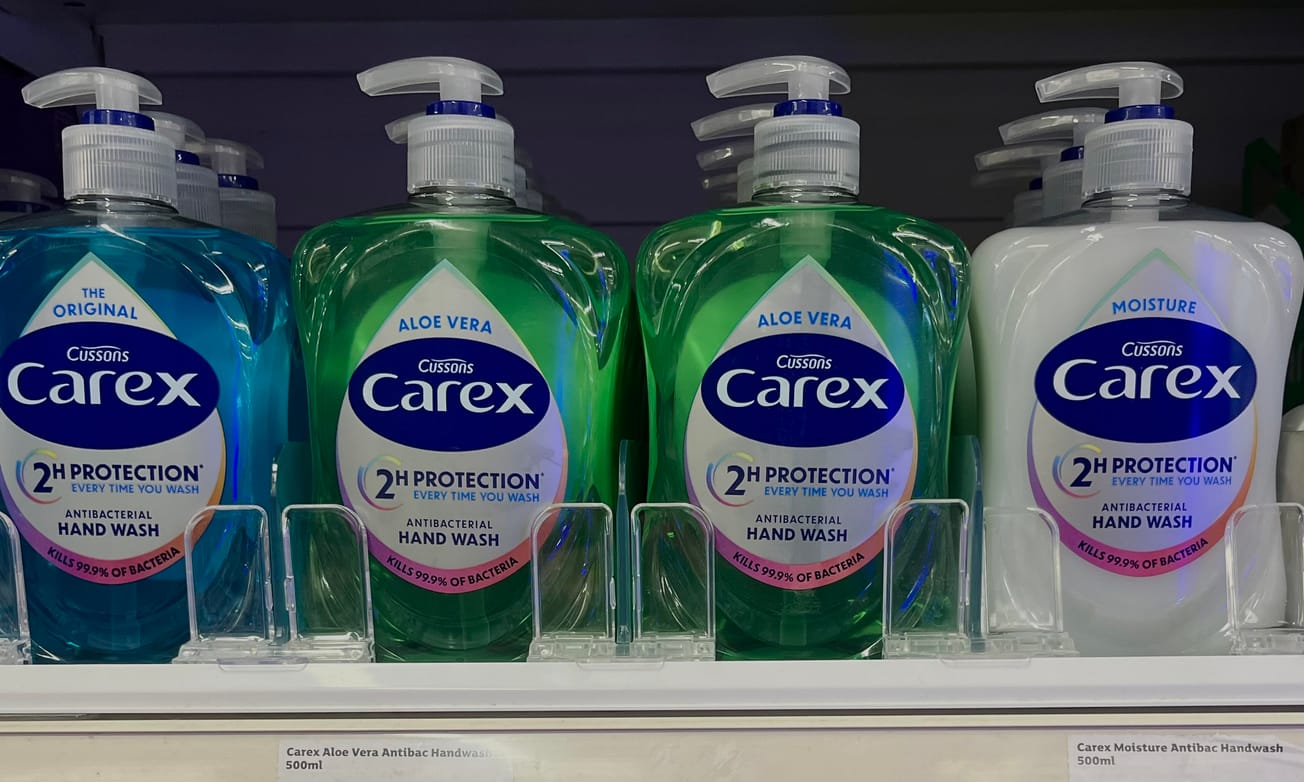By Sanya Saxena, Second Year, Neuroscience
Unfortunately, ladies, it’s not just the pay gap we have to worry about, but the so-called ‘pain gap’ too. For years, women’s pain has been dismissed, underestimated, or simply misdiagnosed. In fact, women are more likely to experience chronic pain conditions and struggle to receive the appropriate treatments. This phenomenon has been termed the ‘pain gap’: a pertinent example of gender bias within healthcare and scientific research that needs to be addressed. As we celebrate International Women’s Day, it is important that awareness is raised on this issue and that we advocate for research that delves into higher quality treatment for women’s pain.
There are many chronic pain conditions that might affect women more than men, but there are no adaptations in treatment options that cater to this difference. Some examples include:
Migraines: According to a paper published by the National Institute of Health, women are three to four times more likely to experience migraines. This is due to a variety of factors involving genetics, hormones, and environment.
However, treatments for migraines related to women lack personalisation and do not factor in hormonal triggers that could be the cause.
Fibromyalgia: This disorder has a high female dominance - around 80 percent of cases affect women.
Endometriosis: This disorder leads to extreme pain due to the lining of the uterus growing outside of it. Currently, the only pain management solutions available are temporary.
Irritable Bowel Syndrome: Another disorder that is known to affect more women than men, with diagnosis almost always being stress related.

Despite all this, research has demonstrated time and time again that women’s pain is taken less seriously by healthcare professionals. In fact, a study by King’s College London stated that not only was it less likely that healthcare workers would prescribe women with pain medication, but that they wouldn’t likely record their pain score and kept women in emergency hospital settings for longer periods. This could be attributed to the gender-pain exaggeration bias, wherein women are seen as more likely to overstate their feelings of pain than men. This is because female pain is still attributed towards hormonal changes or emotional state, and so often the underlying cause is ignored or overlooked. Why is this the case?
Psychological Bias: ‘it’s all in your head’
A lot of negative stereotypes play a role in the idea that women tend to be more prone to displaying behaviours of anxiety, so a lot of the time women’s pain is downplayed or ignored. A lot of the time, these conditions are diagnosed as anxiety without proper medical testing being done, which is not only neglectful, but can be life threatening. This tends to ensure that conditions such as endometriosis persist in an individual for years, leaving the patient confused about what is going on with their body.
Historical and scientific bias in pain research
So, a lot of this blame can be put on our ancestors. For decades, clinical trials in
medicine have primarily been conducted using male subjects. The male body has been seen as the ideal specimen to use in medical trials; data has been said to have been complicated by female hormonal cycles and even internal bias within the researchers, who may have viewed women a certain way due to social norms of the past. Unfortunately, this has resulted in a lack of understanding or knowledge as to the different ways pain can manifest in women, not enough research on how drug responses can differ in men and women, and ineffective pain management treatments for disorders that primarily affect women, like endometriosis. Even today, most pain medications have only been tested on men - the side effects on women go completely un-registered.
What Needs to Change?
Medical research and clinical trials need to include women. Furthermore, within healthcare settings, more awareness surrounding gender biases and the lack of gender inclusivity is needed. Finally, raising awareness and advocating for better medical care, and a push for more funding for studies looking at female-centric disorders like fibromyalgia or endometriosis.
This is not just an issue with medicine, but it is a gender equality issue and we
should ensure, as a society, that women’s pain is not dismissed this International
Women’s Day.
This is the third installment in SciTech's IWD 2025 series. Read the others below!


Featured image: Louis Reed/Unsplash








